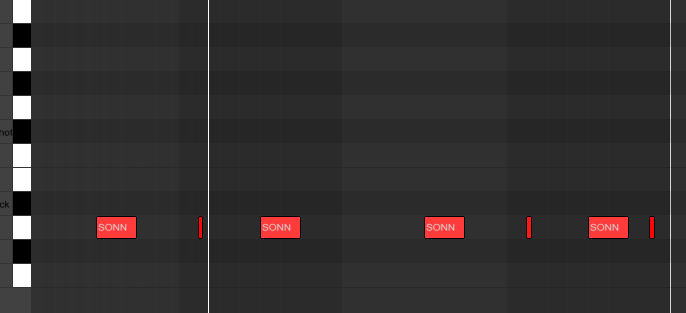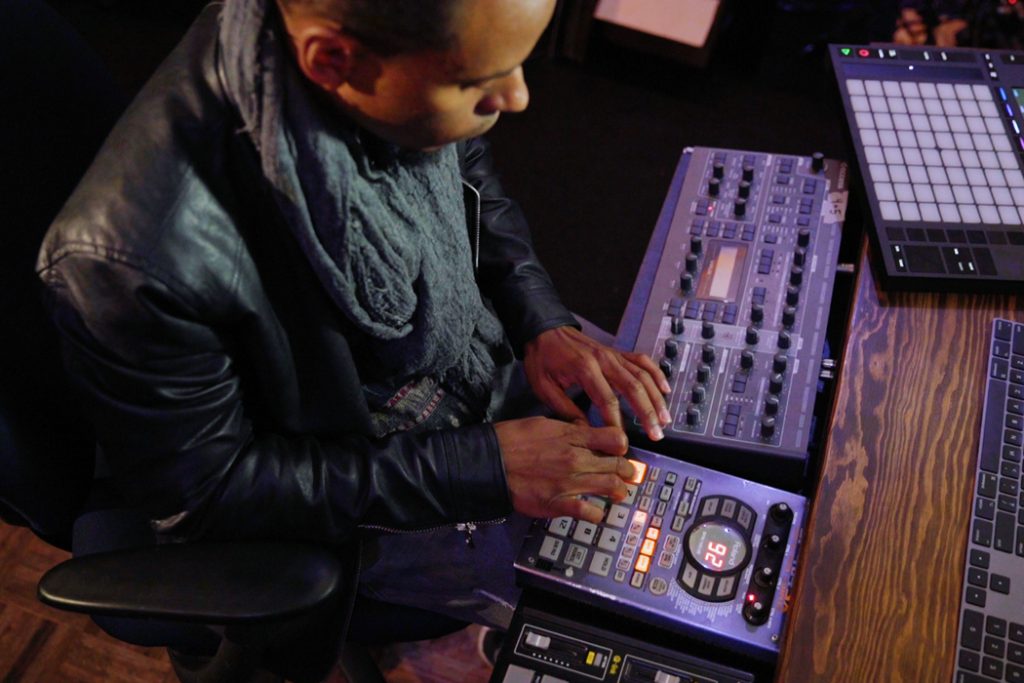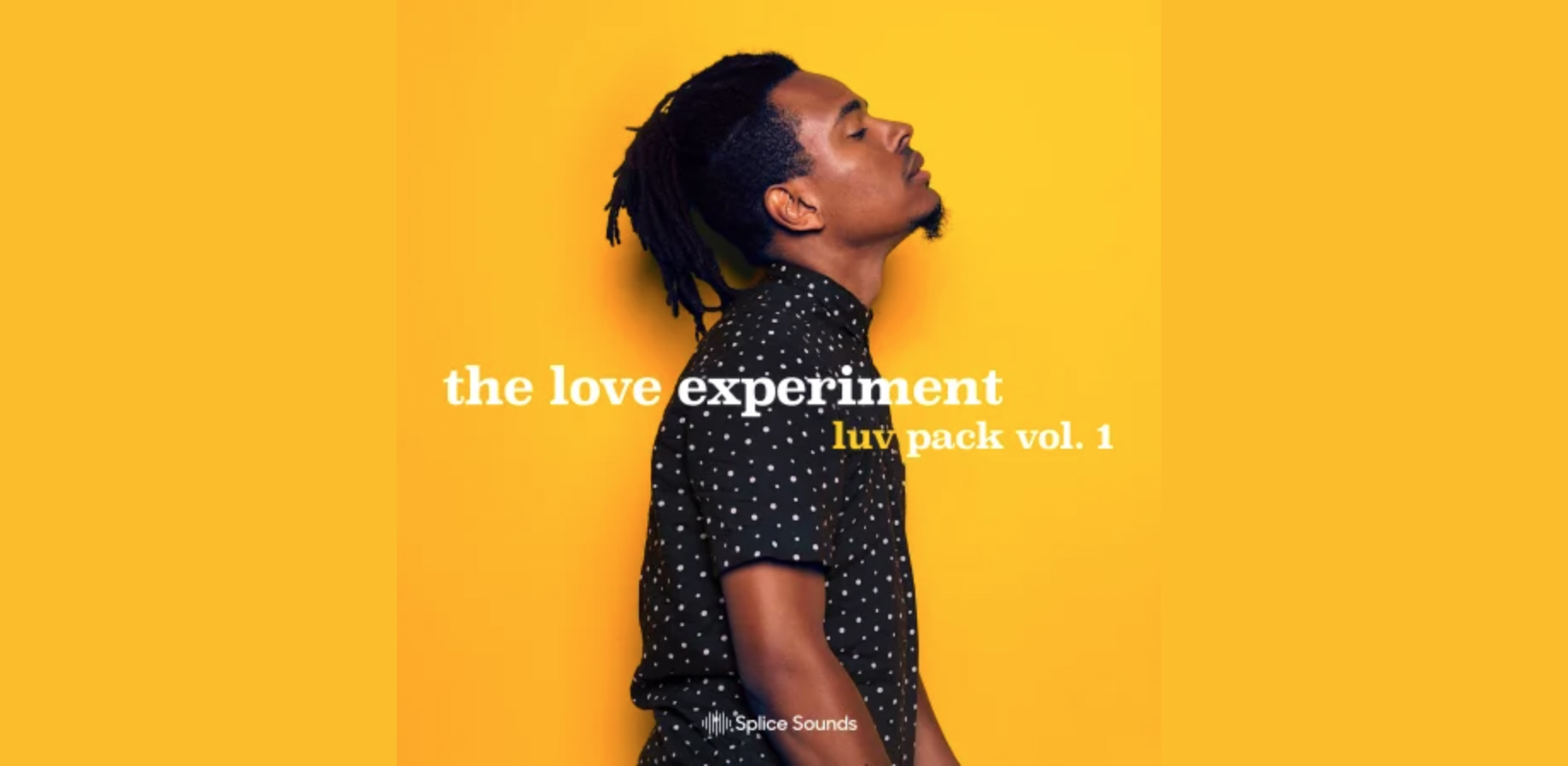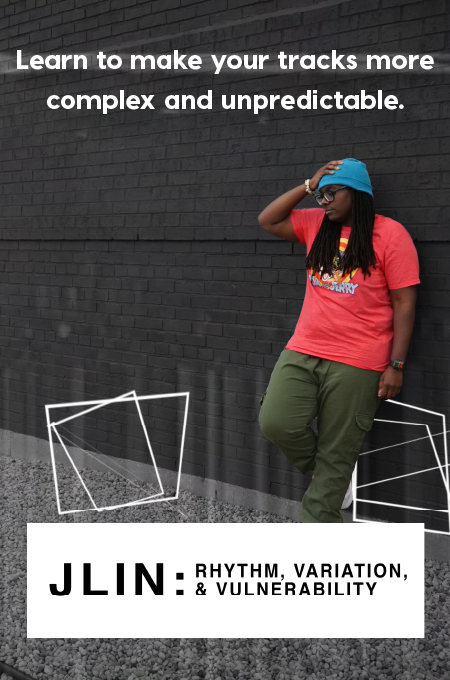+ Harness your inner groove and your outer authenticity with drummer, producer, and artist The Pocket Queen. Check out her course on Soundfly.
As you probably know by now, I just launched my brand new online course with Soundfly called The Art of Hip-Hop Production. In it, we go into a lot of detail on every aspect of making hip-hop beats, but today I want to focus on one small but significant part of that journey: the trap beat.
Trap music has evolved from its early Southern roots into a global phenomenon. Producers such as Shawty Redd, Zaytoven, Lex Luger, and Drumma Boy are all partially responsible for helping the cult Southern hip-hop style gain international appeal. The term “trap” actually comes from the “trap house,” basically a house that serves as a headquarters for illicit drug operations.
Before the mid-2000s, trapping (the act of selling and distributing drugs) was occasionally referenced in rap, but not associated specifically with any type of sound.
T.I.’s 2003 record, Trap Musik was a ground-breaking moment for the budding genre, and was followed by albums by Young Jeezy and Gucci Mane, among others, that popularized and synthesized the sound of the trap genre as something recognizable. By 2013, Kanye West, Beyoncé, and even Katy Perry had all started to embrace the sound: its dark and mellow synths, heavy 808 bass lines, crisp snares and claps, and subdivided rapid-fire hi-hats.
It’s safe to say that today you hear this style of production everywhere. Check out our Spotify playlist for inspiration, and at the end of this article, I’ll share with you an example of a trap beat I made while writing this piece. But for now, read on for my quick 10-step guide to get you going!
1. Set your tempo.
Setting the tempo helps you decide the vibe of your beat, whether you’re making a club-ready party anthem, a soulful trap ballad, or something in between. Most trap productions fall within the 100-176 BPM range, with 140 being the sweet spot. You’ll typically feel these tempos as either the main pulse or the eighth-note pulse (meaning the beat would sound half as slow). If you prefer a slower pulse, try setting your tempo to 75-90.
2. Use simple harmonic and melodic loops.
Most people think trap music is only about the drums, but melody and harmony are also there to help set the tone for your song. Trap music tends to be dark and ominous, so producers often use minor chord progressions and minor arpeggios for the melodic lines.

Whether you’re recording it yourself or sampling melodic material, pay attention to the timbre of the sounds you use. Filtered or hybrid piano sounds work well, as do big synths, string stabs, and orchestral brass, which help create drama and intrigue.
3. Add a simple hi-hat pattern.
A staple of trap music is to have hi-hats that feature a lot of rhythmic subdivisions. Start by tossing in a simple eighth-note pulse to give your beat some initial bounce. Then, add an open hat on beat 4 to see how that sounds. If you like it, keep it. Experiment with putting open hats in different places in your drum pattern to see how they change the feeling and bounce of your beat.
4. Add snares and claps.
In most pop music, the snare drum hits on beats 2 and 4. But in trap music, the snare is typically felt on beat 3, and sometimes the “and” of beat 1 in the following measure. For a simple variation, move the second snare hit to the “and” of beat 4.

Tune your snare pretty high, and to really make it crack in the mix, feel free to layer it with claps, snaps, or any creative percussive sound. Skilled beat producers use filters and pitch modulation to create fills and other variations in the snare pattern, and add dynamics.
5. Add a kick and 808.
The most important element of your trap beat might just be your kick drum and 808 pattern. Your kick and 808 are what give your trap that heavy, trunk-rattling bass. Putting your kick or 808 on beat 1 is essential, but beyond that, you’re on your own. Experiment with off-beat patterns to create interesting variations. With 808s, you can create a simple drone with one long 808, or create a bass line by taking one 808 sample and playing it melodically.
Speaking of sampling, check out my newly launched sample pack on Splice called “The Luv Pack, Vol. 1,” and use any sounds you like in there to make your next masterpiece. Soundfly’s The Art of Hip-Hop Production also comes with two months of free access to Splice.
6. Create hi-hat variations.
Now add some variations in the hi-hats. Trap music usually features double- and triple-time hi-hats, which means you can add patterns of 16th notes, 24th notes, or even 32nd notes — and spread them liberally. Another method is to add eighth-note and quarter-note triplets to break up the polyrhythms of your drum pattern and add fills. It’s these fills that have helped give trap music its unique signature sound over the years.
7. Use vocal samples and tags.
Give your beat a human element. Add a producer tag or vocal chant sample into the rhythm to help build your identity into the track even more. A tried-and-true model is to add vocal chops to beats 2 and 4 to hype up the audience.
8. Shift the pattern for flow.
Hip-hop is a minimalist form of music and trap is no exception, but that doesn’t mean you should make one four-bar loop and call it a day. Boi-1da, Grammy-winning producer and Drake collaborator, says his general rule of thumb is to have something change in the beat every four bars, no matter how subtle or big. Try making little variations in the drum pattern by dropping elements out or adding fills, or altering the melodic and harmonic content, and adding effects.
9. Add effects to your rough mix.
Audio effects can enhance your beat in a number of ways. For instance, filters sound great anywhere and help create more mix space for the vocalist. Saturation and distortion can also be used on 808s to get a grittier sound. Reverb helps enhance snares, claps, and synths, and allows certain elements to cover more space in the mix. And producers often use pitch bends to alter a sample and create the DJ/cinematic effect of manually slowing down a record.
At the most basic level, adding EQ, stereo panning, and compression to your rough mix will help you balance out all of the elements and give your beat a finished sound when you present it to a vocalist for the first time.
10. Arrange your track.
How do you turn a loop into a full song? Most standard hip-hop and pop songs contain a short intro, verses (8-16 bars), a pre-chorus (4-8 bars), a chorus (8 bars), sometimes a bridge, and finally, an outro.
No need to write more music; just create variations of your loop. Go big with your chorus, using full-sounding chords or timbres like brass, or bring back some of the rhythmic elements you took out of the verse. In the verse, cut out whatever’s unnecessary, and even more in the intro. (A lot of trap intros simply feature the melodic loop and minimal percussion.)
Wanna hear the quick trap beat that I made while collecting the above advice? Here it is!
Once you’ve got all this stuff in place in your beat, listen closely to how your favorite producers do their thing. What makes each beat unique? What makes it hit harder than the others? The more you listen and try to emulate what the pros do, the easier and more fluid it will become to produce trap bangers.
Don’t stop here!
Continue learning with hundreds of lessons on songwriting, mixing, DIY home recording and production, composing, beat making, and so much more in Soundfly’s courses with artists like Jlin, RJD2, Ryan Lott, Kiefer, and Charles Burchell’s The Art of Hip-Hop Production.







